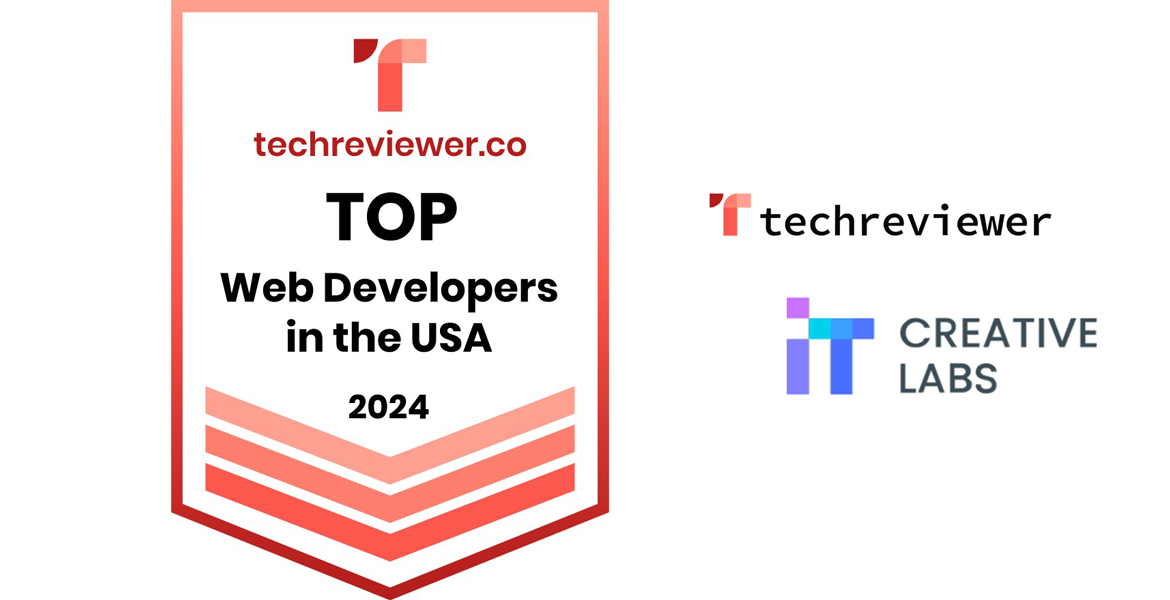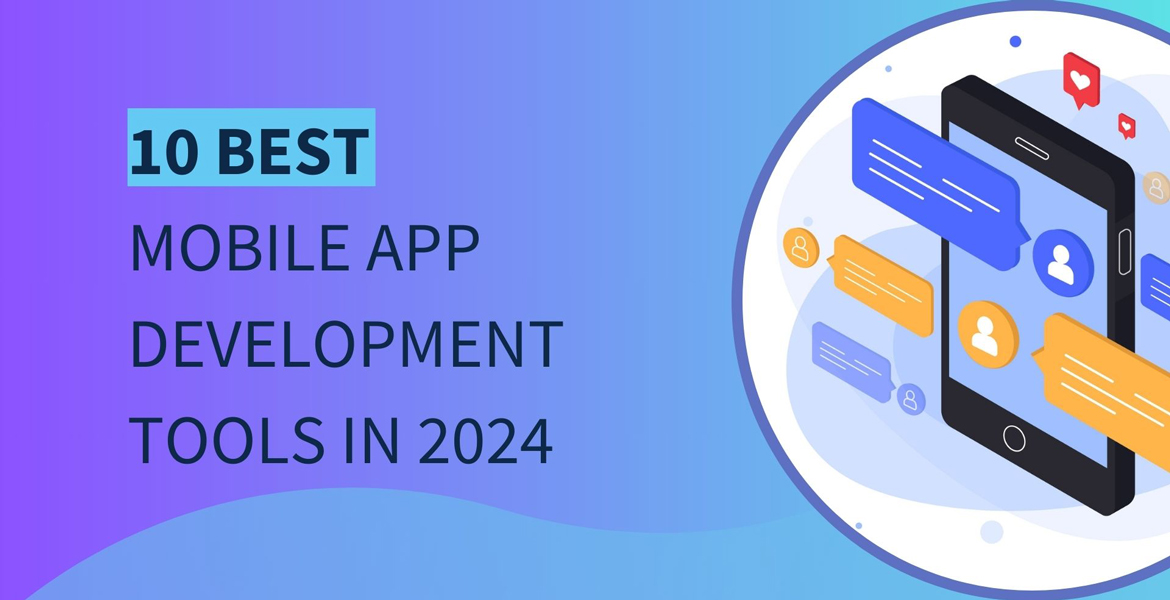According to The 2023 State of Email Workflows Report from Litmus, email marketing is the most effective marketing channel (41%), followed by social media (16%), and paid search (16%). That’s why it’s important to capture your audience’s attention and reduce the risk of being flagged as spam. That’s where AI comes in.
AI enables marketers to go beyond generic mass emails by analyzing vast amounts of data, unveiling valuable insights, and tailoring messages to individual preferences. AI has the potential to transform the way businesses connect with their audience and drive tangible results.
Get ready to embark on a journey through the top 10 AI tools that are revolutionizing the way businesses engage with their customers. Discover how these groundbreaking technologies can elevate your campaigns, captivate your audience, and pave the way to unrivaled success. The future of email marketing is here, and it’s powered by the extraordinary capabilities of AI. Are you ready to take the leap?
Table of Contents
- 10 Best AI Email Marketing Tools to Use in 2025
- Phrasee
- Brevo
- Optimove
- Seventh Sense
- Movable Ink
- rasa.io
- ConvertKit
- EmailOctopus
- Jasper AI
- Mailer Lite
- How to Choose the Ideal Email Marketing Platform for Your Company?
10 Best AI Email Marketing Tools to Use in 2025
Imagine a world where every email you receive feels like it was crafted just for you. That’s exactly what popular tools bring with their AI-powered platforms.
So let’s dive right in and explore the 10 AI tools that can enhance your email campaigns, drive higher ROI, and foster stronger customer relationships.
1. Phrasee
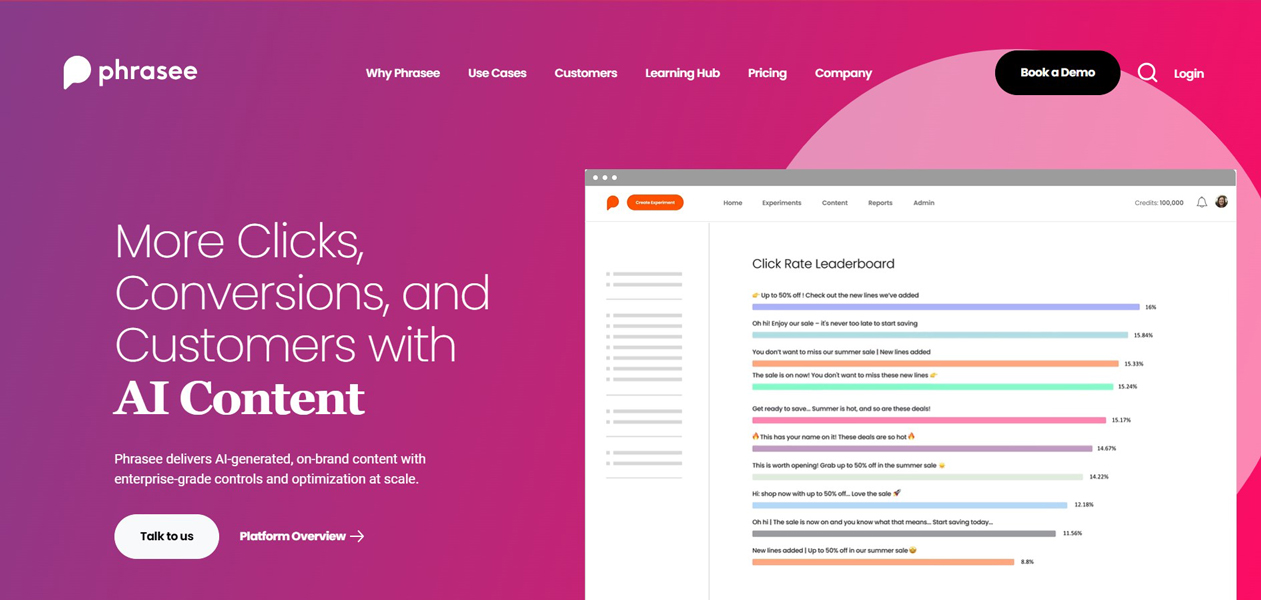
Phrasee uses natural language processing (NLP) to optimize email subject lines and copy, increasing open rates and engagement.
One of the most remarkable benefits of Phrasee is its unrivaled ability to optimize email campaigns. By analyzing massive amounts of data, Phrasee’s algorithms can generate subject lines and email copy that truly connect with your target audience. What does it bring you? Skyrocketing open rates, click-through rates, and ultimately, higher conversions.
Phrasee’s AI brilliance doesn’t stop there. By leveraging its cutting-edge technology, Phrasee also ensures that your email campaigns maintain a personalized touch. It’s no secret that personalization is the key to forging stronger customer relationships. With Phrasee, you can effortlessly tailor your messaging to individual recipients.
Feel free to reach out here to get more information about pricing.
2. Brevo (formerly Sendinblue)
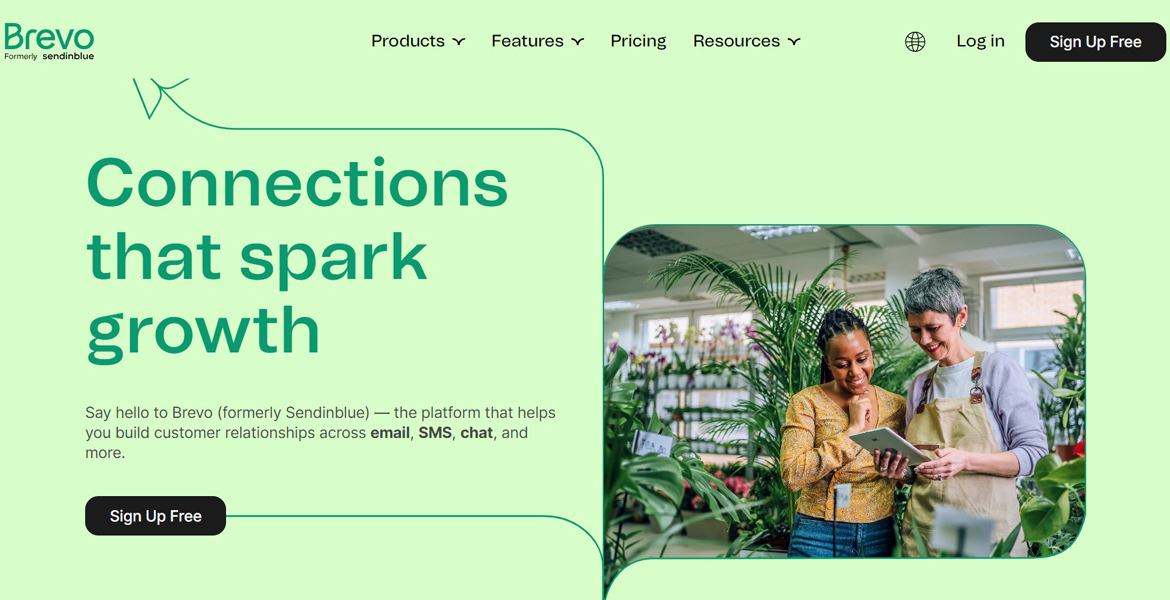
Brevo is another tool that makes email marketing easier. By leveraging the powerful capabilities of Brevo, businesses can optimize their email campaigns and achieve exceptional results.
With Brevo’s intuitive platform, companies can design and automate personalized email campaigns, segment their audience for targeted messaging, and analyze key metrics for continuous improvement. Brevo AI-driven solutions also enable businesses to maximize engagement and conversions by delivering the right message to the right audience at the right time.
With its user-friendly interface and robust features, Brevo empowers marketers to enhance their email marketing strategies and drive success.
If you’re interested in learning more about Brevo pricing, all the details can be found at this link.
3. Optimove
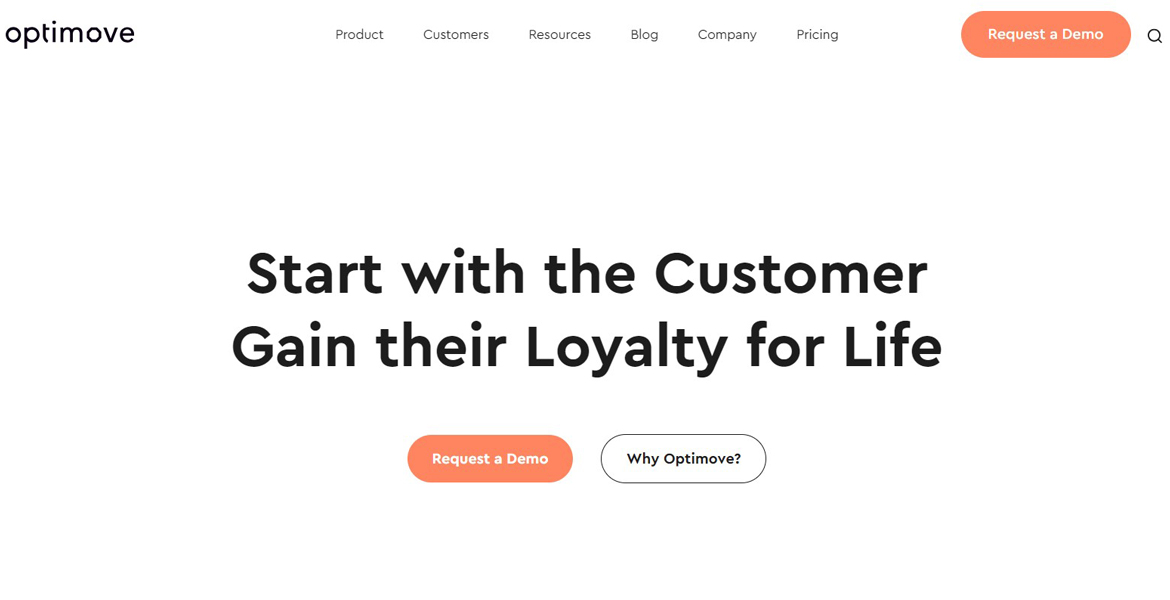
Optimove AI-powered email marketing tool is a game-changer for businesses looking to maximize engagement and conversions. Optimove combines the power of advanced analytics, machine learning, and predictive modeling to transform customer data into actionable insights. This cutting-edge platform analyzes vast amounts of customer information, from past behaviors to preferences, to unveil the hidden patterns that drive customer decisions.
With Optimove, businesses can take their email marketing campaigns to new heights by delivering the right message to the target audience at the proper time.
Whether you’re a small business or an enterprise-level company, Optimove’s customizable pricing plans cater to your specific needs.
4. Seventh Sense
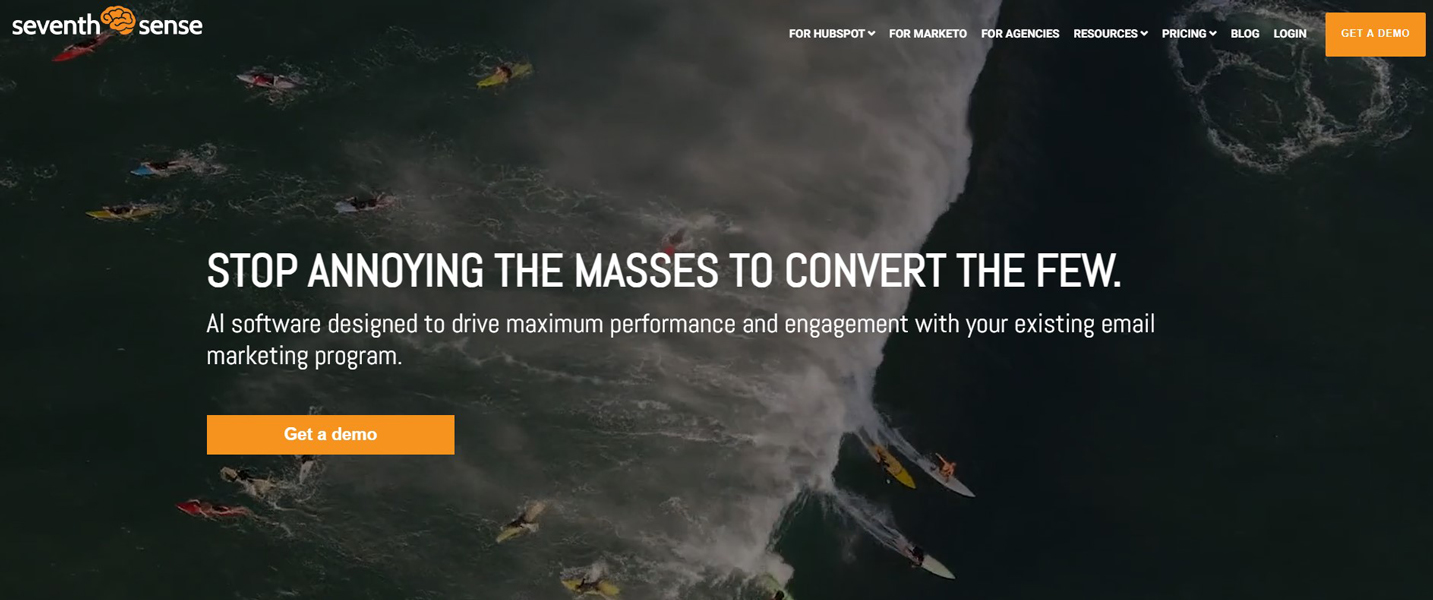
One of the key features of Seventh Sense is its AI-powered platform, which uses machine learning algorithms to analyze data and predict the best time for sending emails. By understanding individual recipient behavior patterns, it aims to increase open rates, click-through rates, and overall campaign effectiveness.
With its advanced AI algorithms, Seventh Sense considers various factors such as past email interactions, time zones, and individual preferences to deliver emails at the most opportune moment.
As a result, you will achieve email marketing success. Visit Hubspot and Marketo pages to get more information about pricing.
5. Movable Ink
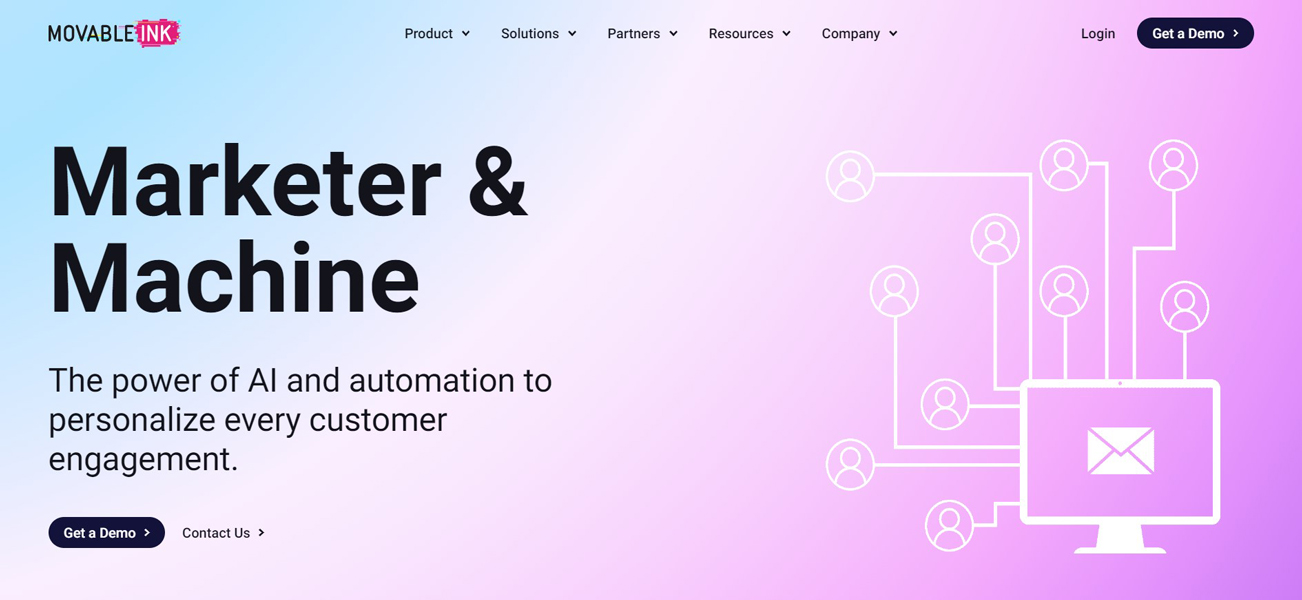
Movable Ink is a dynamic platform that unleashes the power of creativity and personalization in email marketing.
From personalized offers to real-time updates, Movable Ink takes email campaigns from ordinary to extraordinary. With powerful tools and insightful analytics, Movable Ink enables data-driven decisions and continuous email marketing campaign optimization.
Contact Movable Ink here to build stronger connections with your audience and achieve remarkable results in email marketing campaigns.
6. rasa.io
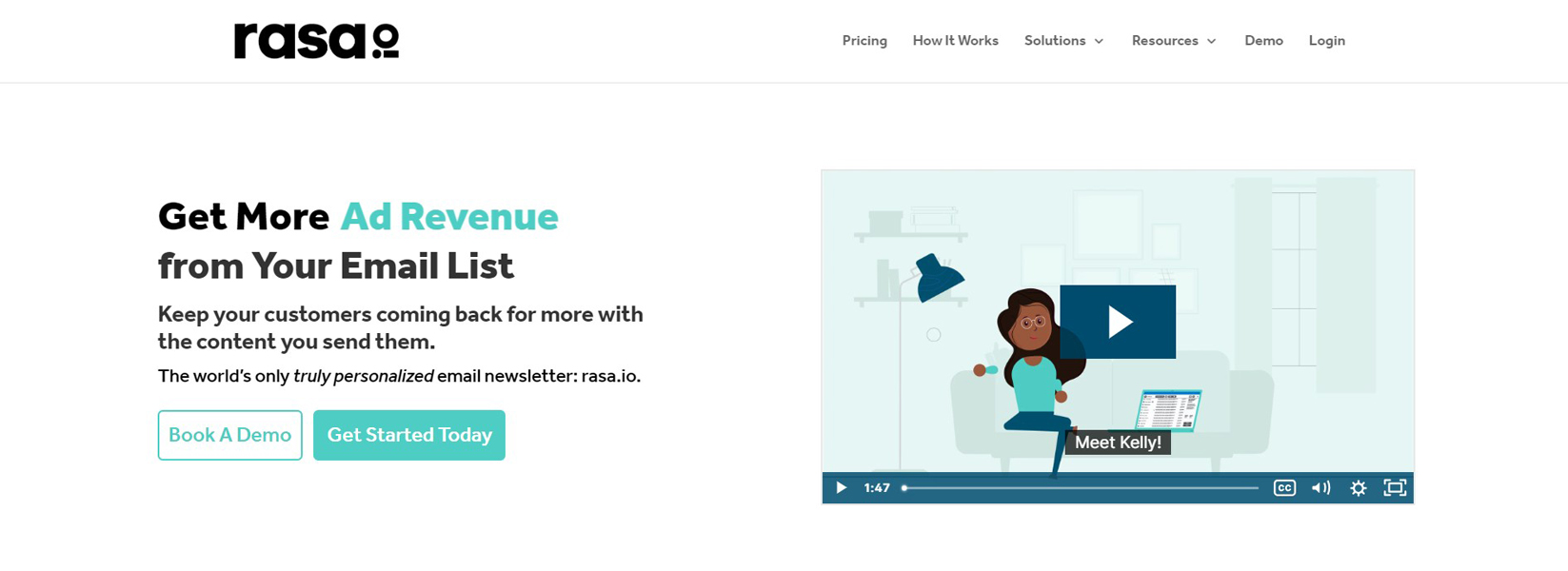
With rasa.io you can take personalization to a whole new level. Its AI-driven content curation engine analyzes the preferences and behaviors of each subscriber, handpicking the most relevant and captivating content just for them. As a result, your subscribers will be thrilled to find tailor-made content that truly speaks to their interests.
But it doesn’t stop there – rasa.io goes above and beyond by incorporating intelligent send time optimization. This means your emails will hit your subscribers’ inboxes at the perfect moment when they’re most likely to engage. The platform rasa.io helps you to have the power to create email campaigns that feel personal, engaging, and downright magical.
Discover rasa.io pricing details by clicking here.
7. ConvertKit
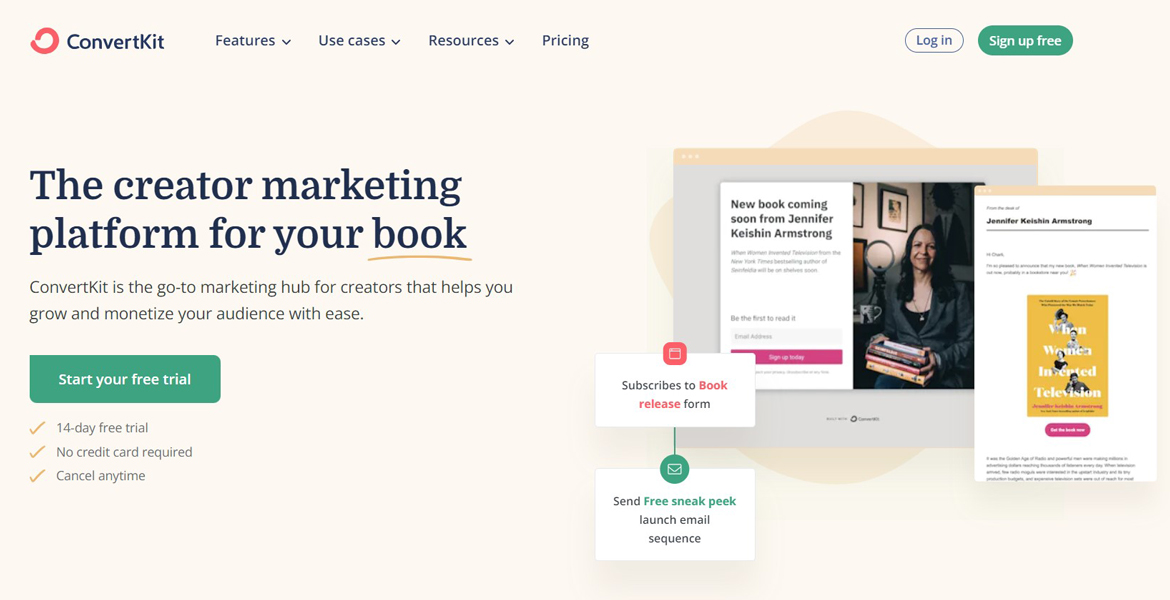
ConvertKit is the go-to solution for creators looking to supercharge their email marketing. With its intuitive interface and powerful features, ConvertKit empowers creators to connect with their audience effectively.
Thanks to automation, creators can set up personalized email sequences that engage subscribers based on their interests and behaviors. In fact, in 2023 ConvertKit creators have an average email open rate of 43%, even higher than the 2022 average open rate of 36%. That means that almost half of everyone who receives an email opens it.
ConvertKit also provides actionable analytics, giving creators insights into the performance of their email campaigns.
To sum it all up, ConvertKit is the ultimate companion for creators, offering automation, visually appealing templates, powerful segmentation, and actionable analytics.
Ready to learn about pricing? Visit this page for more details.
8. EmailOctopus
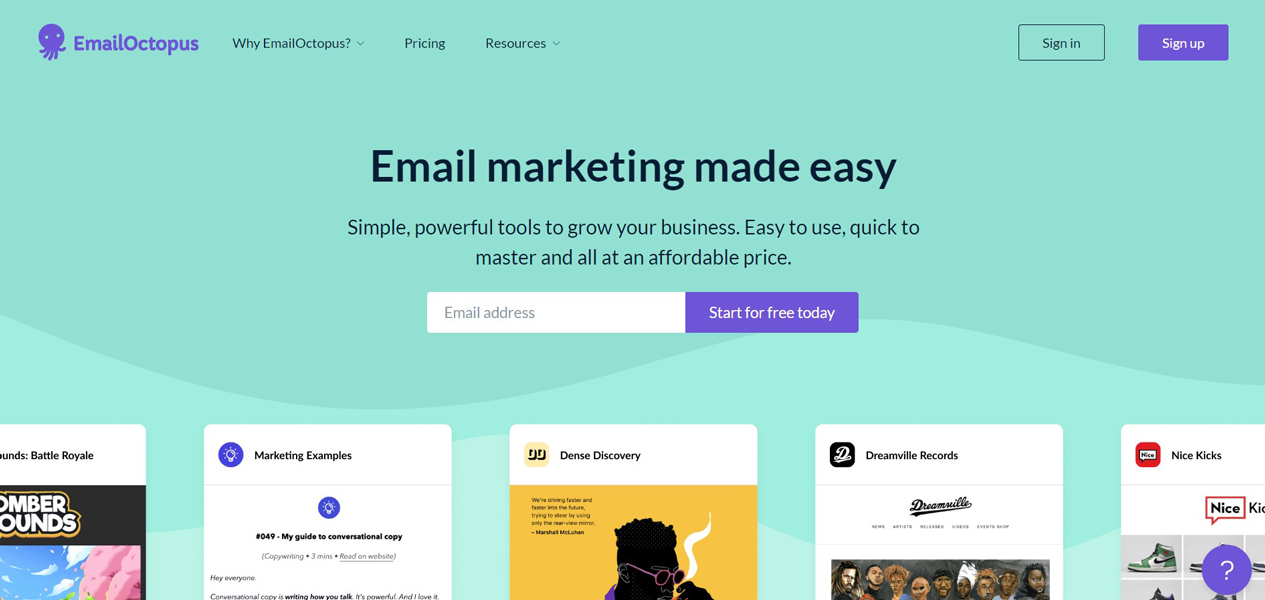
EmailOctopus provided a streamlined and cost-effective solution for businesses of all sizes. With its innovative features and user-friendly interface, EmailOctopus empowers users to create impactful email campaigns with ease.
EmailOctopus is simple to use. The platform offers a clean and intuitive interface that makes it effortless to design and send professional-looking emails. Whether you’re a seasoned marketer or a beginner, EmailOctopus ensures a smooth and enjoyable email creation process.
But don’t let its simplicity fool you – EmailOctopus packs a punch when it comes to functionality. With advanced segmentation capabilities, users can target specific segments of their audience with personalized messages, resulting in higher engagement and conversion rates.
Email deliverability is another area where EmailOctopus excels. By leveraging robust delivery infrastructure and industry-leading deliverability practices, EmailOctopus ensures that your emails land directly in your subscribers’ inboxes.
EmailOctopus offers simplicity, advanced segmentation, and excellent deliverability. Experience the power of EmailOctopus and find the details here.
9. Jasper AI
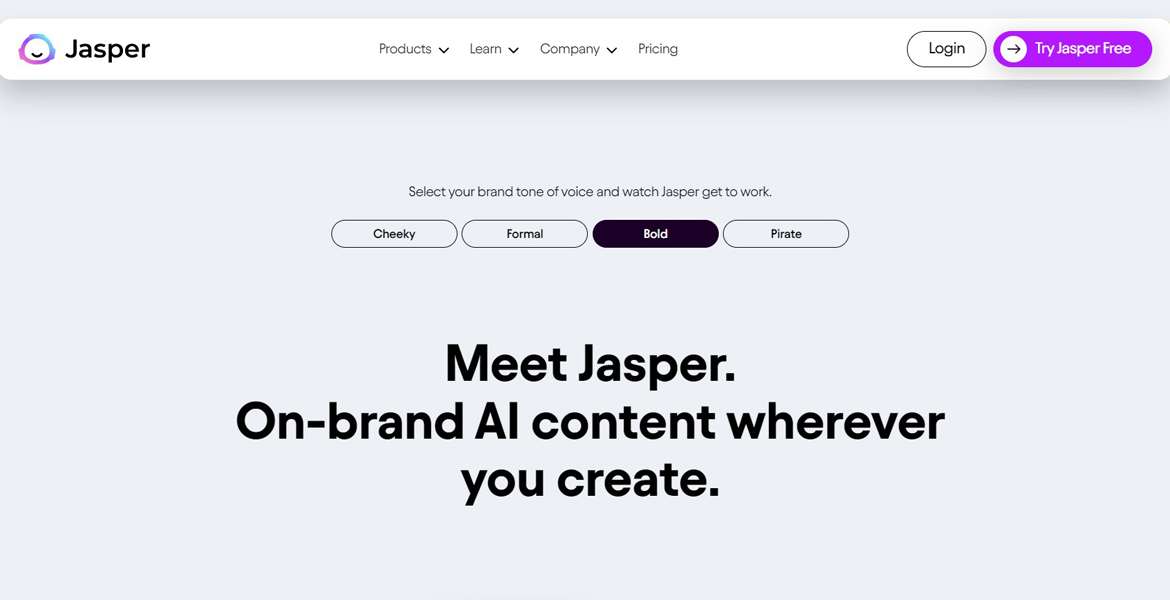
Jasper AI is a cutting-edge platform that combines the power of artificial intelligence and automation to supercharge your email campaigns.
Its advanced algorithms analyze vast amounts of data to identify trends, customer behaviors, and preferences. Armed with this knowledge, you can create highly targeted and personalized email content that resonates with your audience.
With Jasper AI powerful automation capabilities, you can set up automated email sequences that engage your subscribers at every step of their journey. Whether it’s welcoming new subscribers, nurturing leads, or re-engaging inactive contacts, Jasper AI handles it all.
From intelligent insights to seamless automation, Jasper AI empowers you to connect with your audience and achieve exceptional results. Find out more about Jasper AI pricing and explore your options here.
10. Mailer Lite
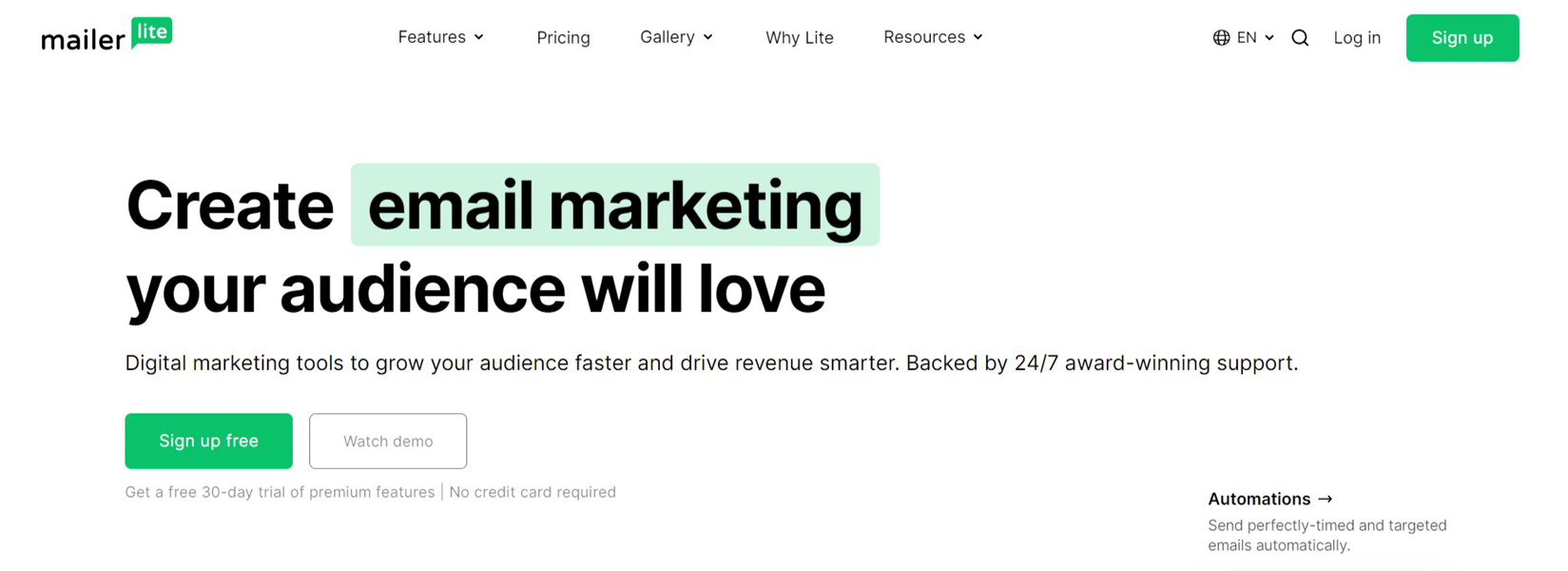
Mailer Lite is the go-to email marketing tool that makes it effortless to create, send, and track engaging email campaigns.
One of Mailer Lite features is its intuitive drag-and-drop editor. Whether you’re a design pro or a beginner, you can easily create stunning emails that captivate your audience. Plus, with its responsive design capabilities, your emails will look great on any device.
Mailer Lite also offers advanced automation features that save you time and ensure timely communication with your subscribers. From welcome series to abandoned cart reminders, you can set up automated workflows that nurture leads and drive conversions.
Tracking the performance of your email campaigns is a breeze with Mailer Lite comprehensive analytics.
What’s more, Mailer Lite provides seamless integrations with popular e-commerce platforms, CRM systems, and other marketing tools.
Reach out to learn details about Mailer Lite pricing plan.
How to Choose the Ideal Email Marketing Platform for Your Company?
Choosing the right AI email marketing platform for your business requires careful consideration and evaluation. Here are some key factors to consider:
Define Your Goals
Determine your specific email marketing goals and objectives. Are you looking to improve personalization, increase open rates, automate campaigns, or enhance segmentation? Identifying your goals will help you narrow down the features and capabilities you need in an AI email marketing platform.
Assess AI Capabilities
Search for platforms that offer advanced AI capabilities such as machine learning, natural language processing, and predictive analytics. These technologies enable intelligent automation, personalized recommendations, and data-driven insights that can optimize your email marketing efforts.
Consider Integration
Evaluate whether the platform integrates seamlessly with your existing tech stack, such as CRM systems, customer databases, and marketing automation tools. Integration capabilities ensure smooth data flow and enable a more comprehensive and unified view of your customer data.
Scalability and Flexibility
Consider the scalability and flexibility of the platform. Can it handle your current email volume and accommodate future growth? Look for platforms that can adapt to your changing needs and allow for customization and configuration to align with your unique requirements.
User-friendly Interface
Ensure the platform has a user-friendly interface and intuitive workflows. A user-oriented platform will make it easier for your team to navigate, create and optimize campaigns, and leverage the AI features effectively.
Support and Training
Evaluate the level of support and training provided by the platform. A reliable vendor should offer comprehensive documentation, training resources, and responsive customer support to assist you in maximizing the platform’s potential.
Pricing and ROI
Consider the pricing structure and evaluate the platform’s potential return on investment (ROI). Compare the features, capabilities, and pricing plans offered by different vendors to find the right balance between cost and value.
By carefully assessing these factors and conducting thorough research, you can choose the AI email marketing platform that aligns with your company’s needs and helps you achieve your marketing goals.
Wrap Up
The key to successful AI implementation lies in understanding your specific goals, choosing the right AI email marketing platform, and leveraging its capabilities to drive meaningful results. By harnessing the power of AI, marketers can unlock the full potential of their email campaigns and create highly engaging and personalized experiences for their audience.
We hope this article has provided valuable insights into various AI email marketing tools and guided you in selecting the perfect fit for your business! Enjoy your journey in the world of email marketing!



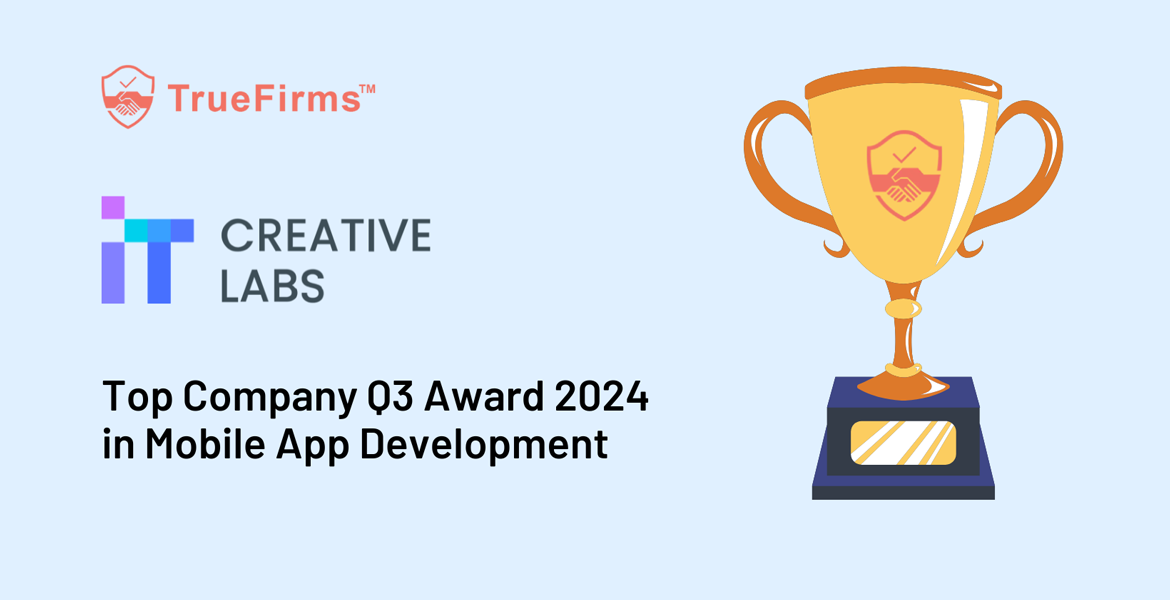


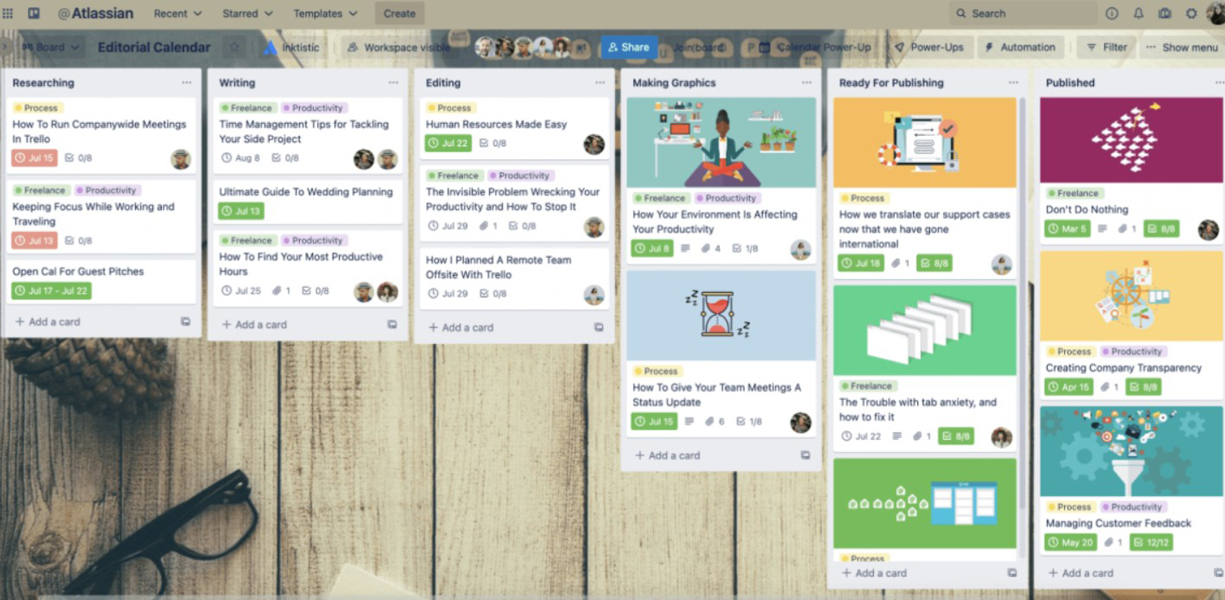
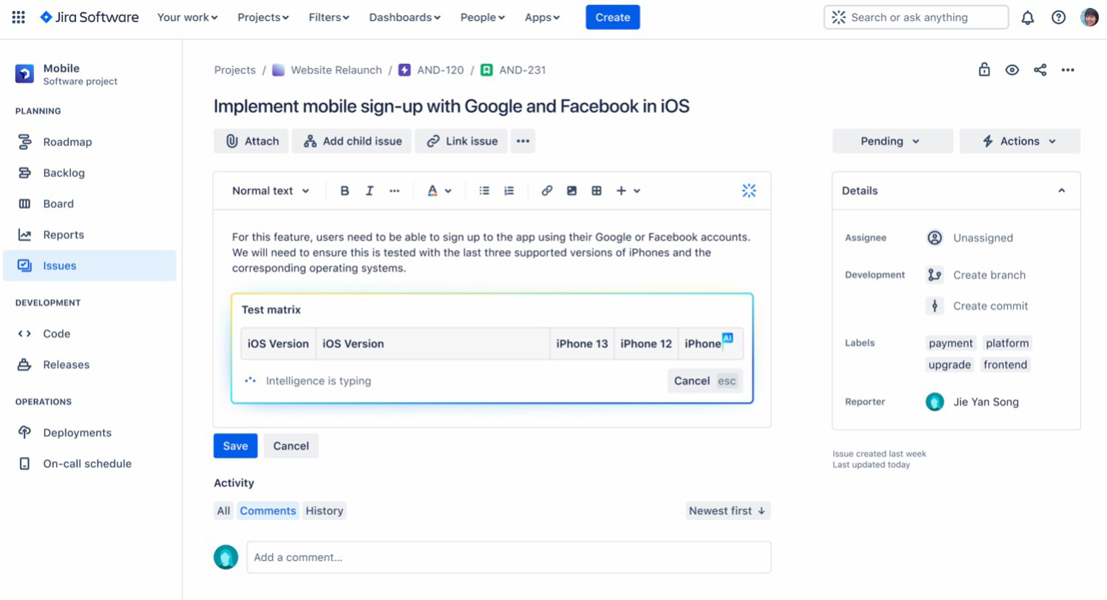
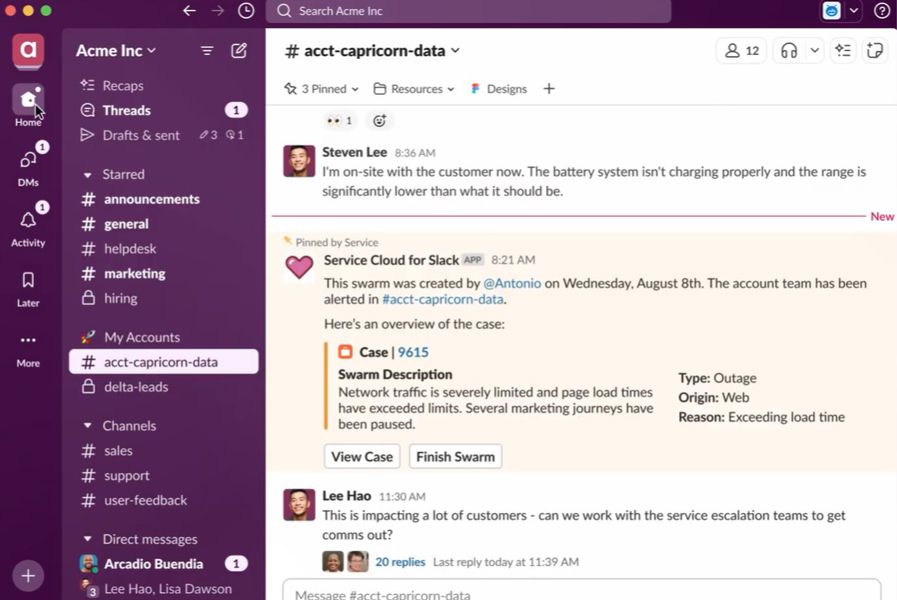

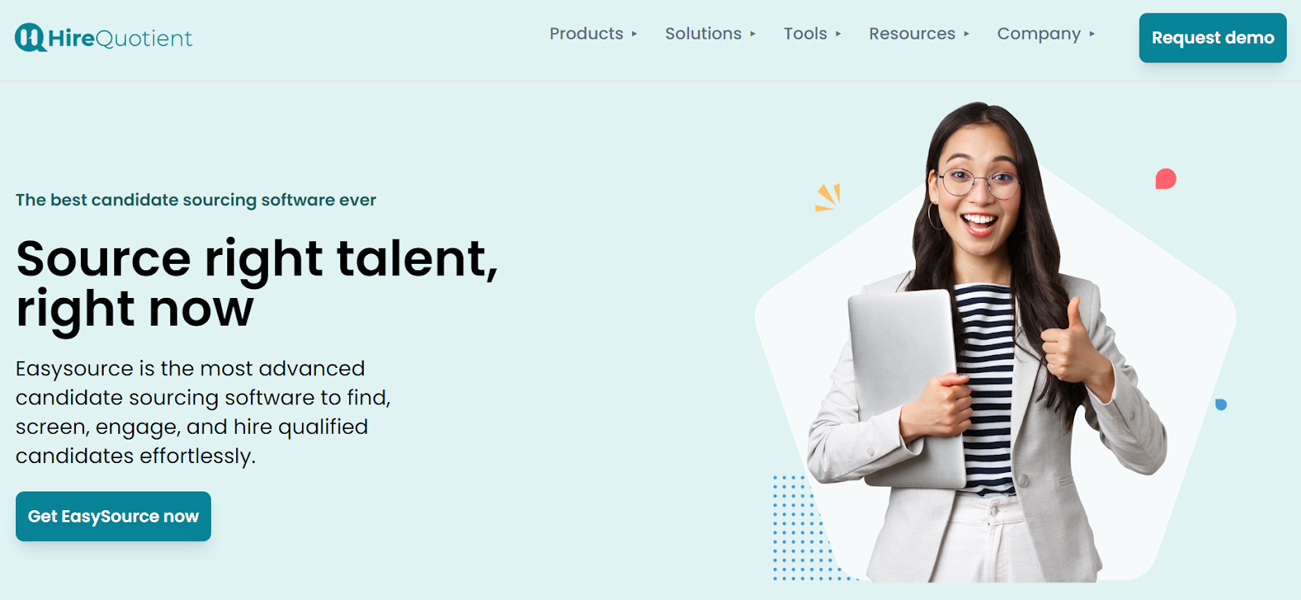
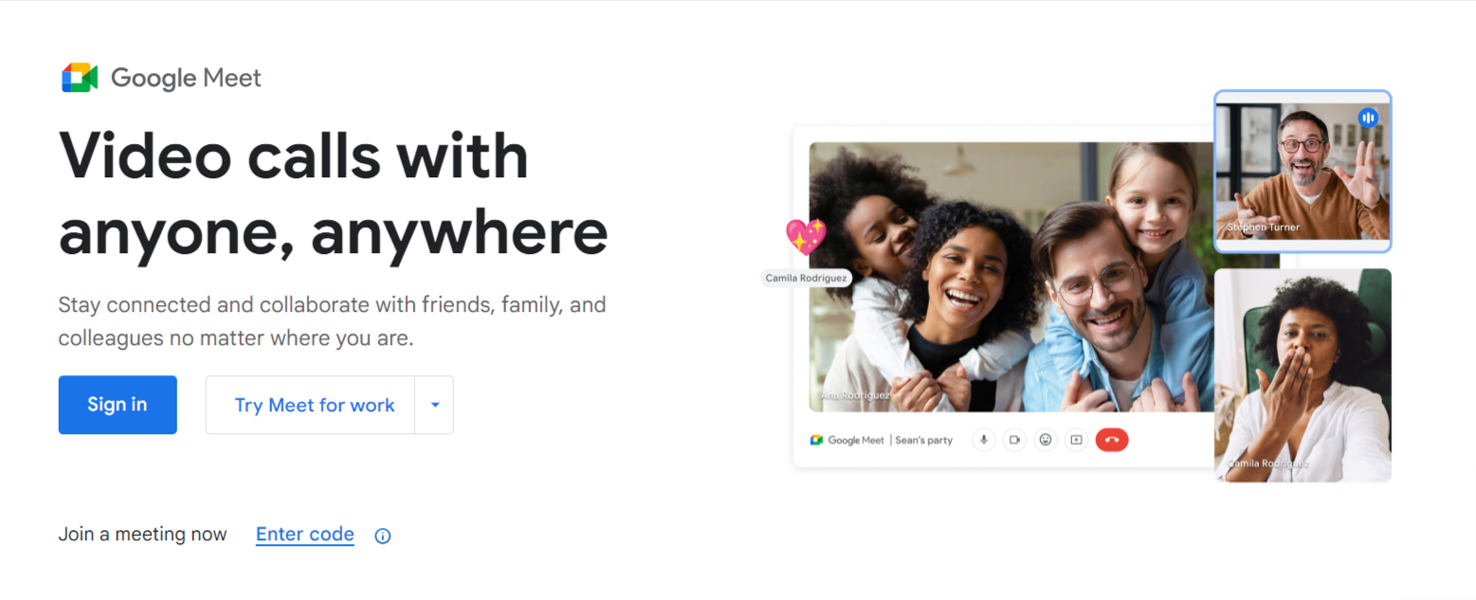
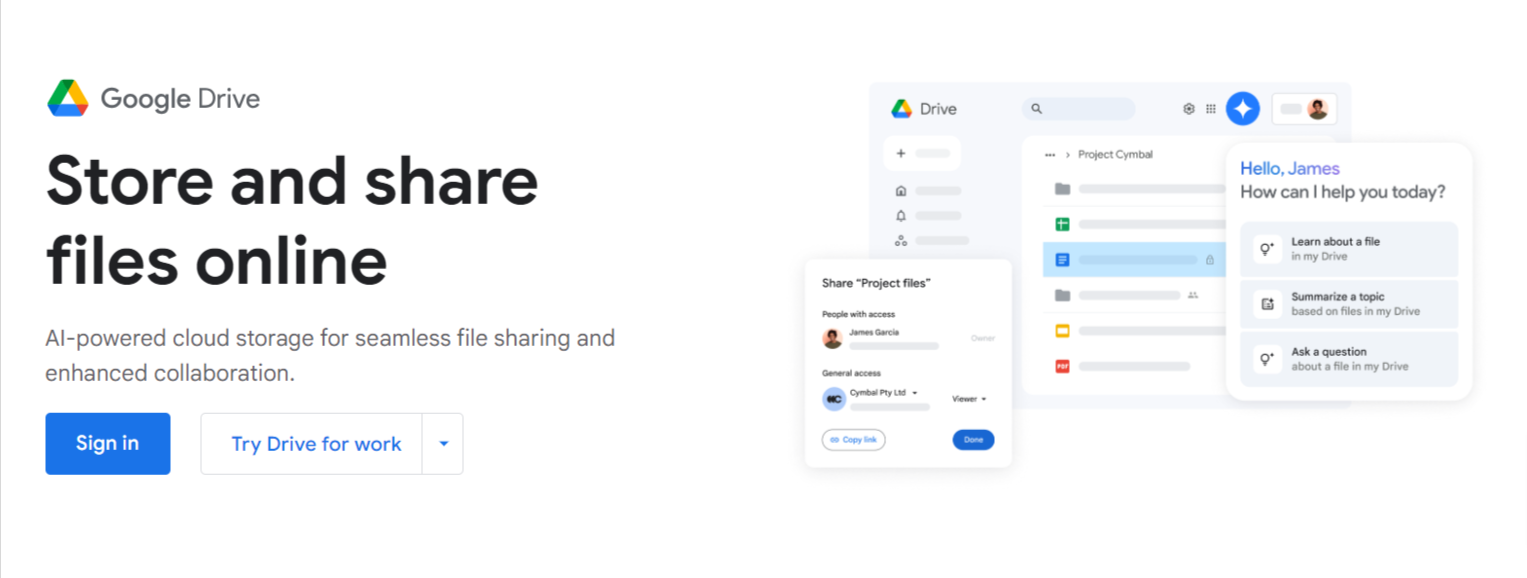
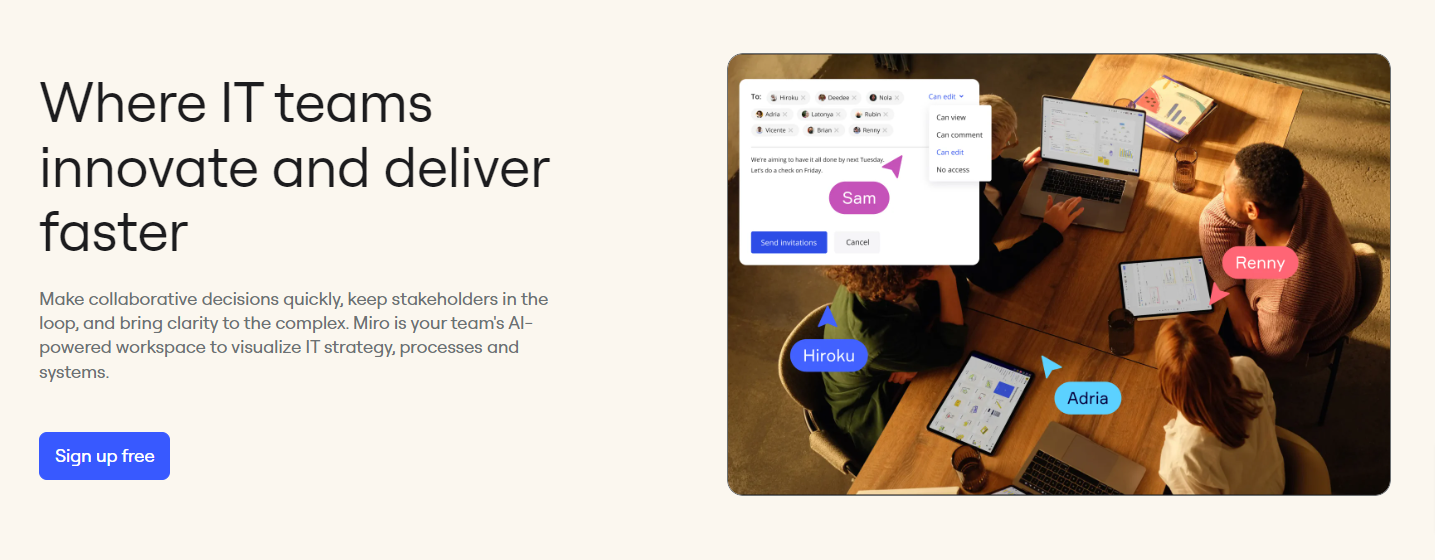
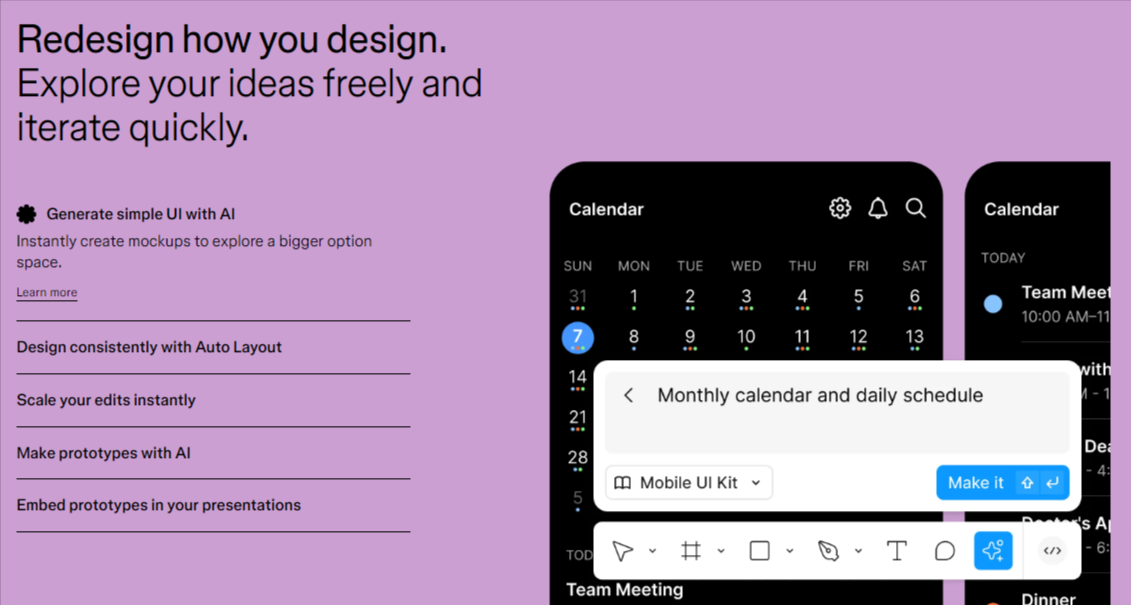
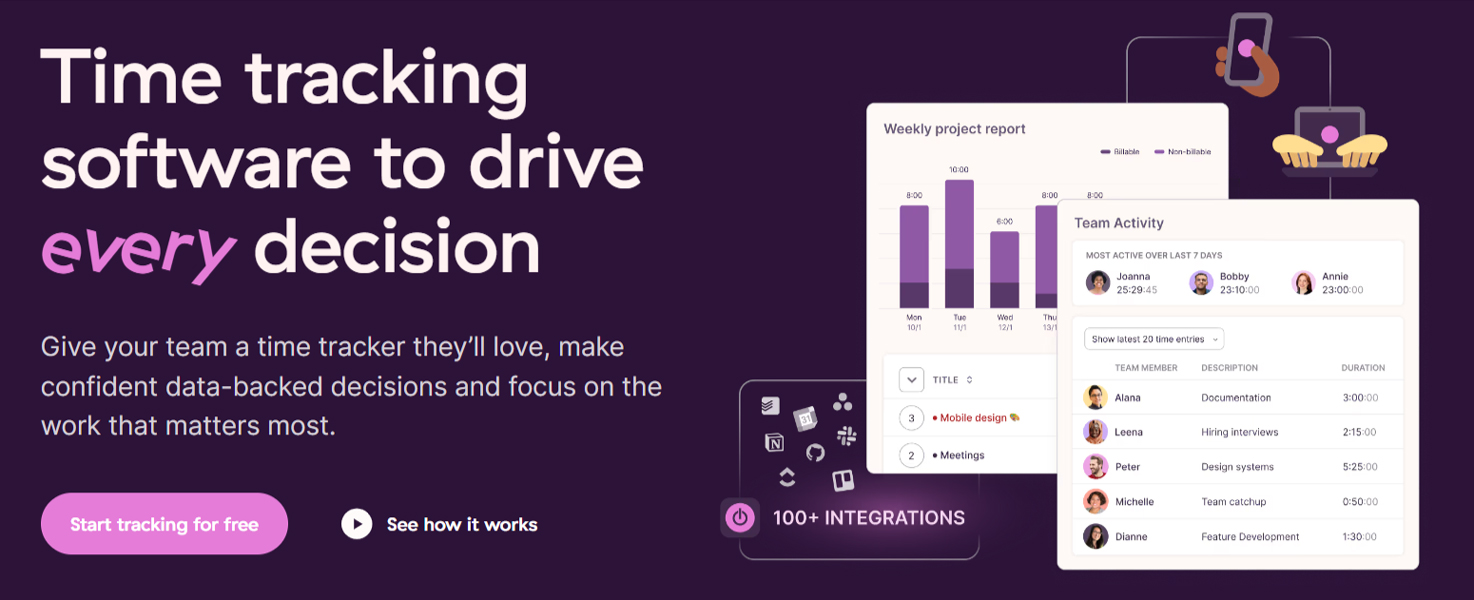




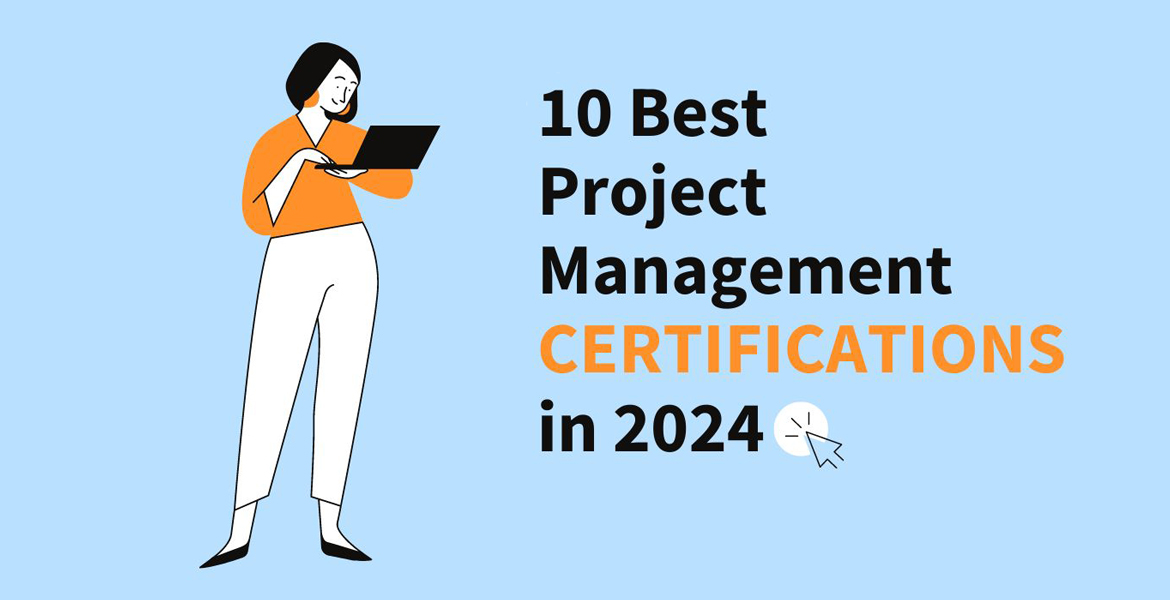
 “Getting a job in project management with no experience sometimes isn’t easy, but possible. I believe that ongoing learning, persistence and interaction with experienced project managers can help in achieving a role you dream. And the IT PM course was created to help primarily women who are looking to get into project management or to level up knowledge.
“Getting a job in project management with no experience sometimes isn’t easy, but possible. I believe that ongoing learning, persistence and interaction with experienced project managers can help in achieving a role you dream. And the IT PM course was created to help primarily women who are looking to get into project management or to level up knowledge.